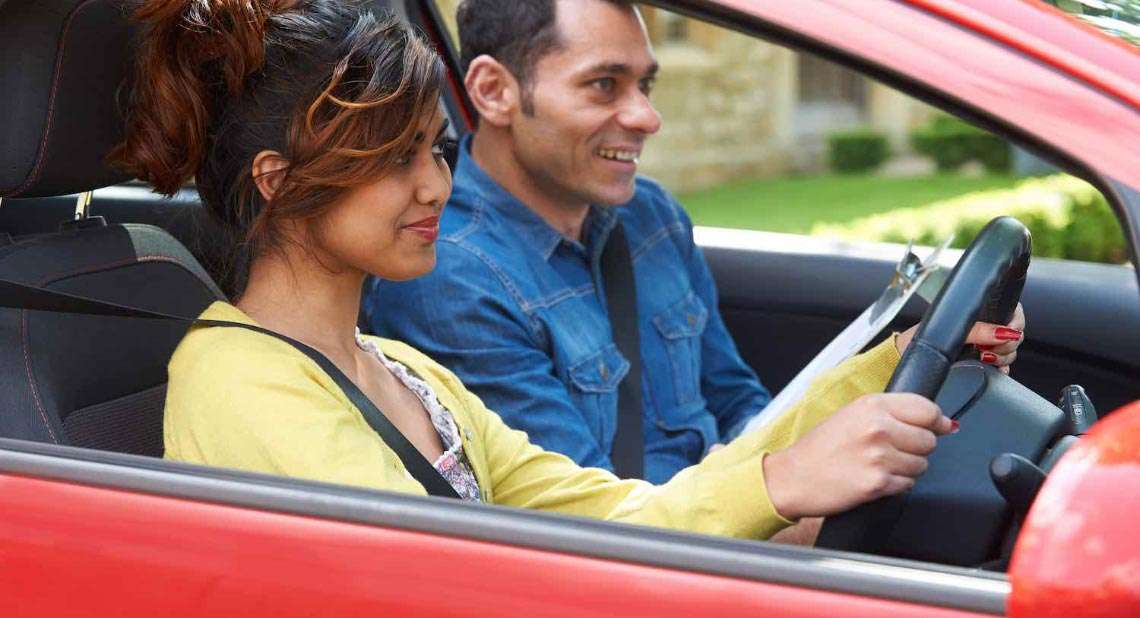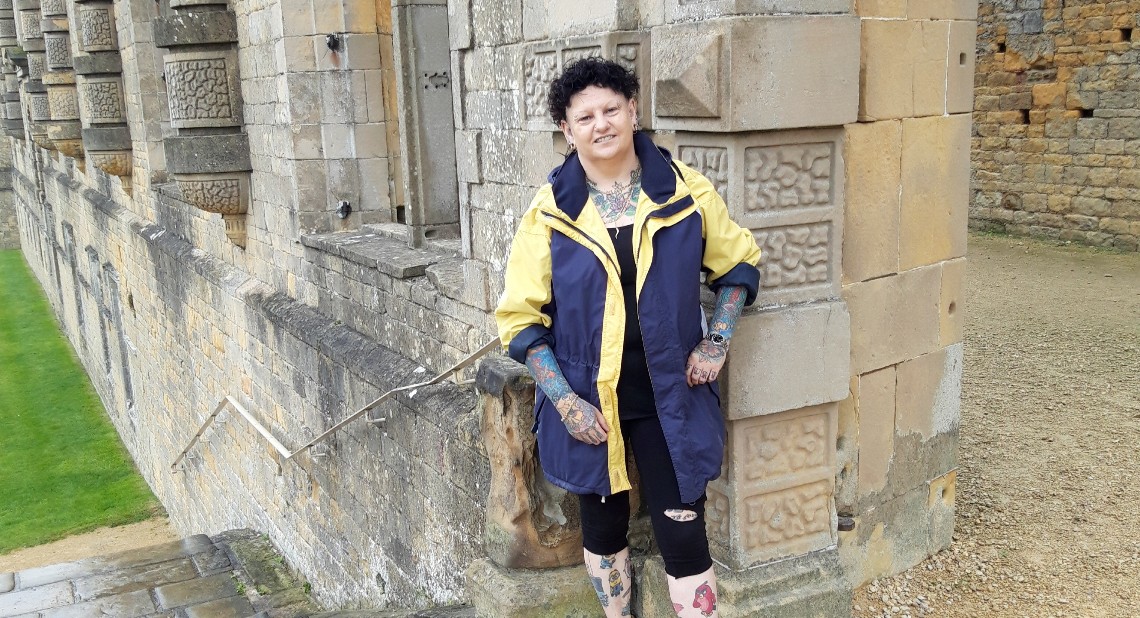Driving doesn’t come naturally to everyone and it’s more common than you might think to have a fear of driving. Fortunately, there are ways of overcoming it. In this article by The Telegraph, Juliet Eysenck shares her story of how she overcame a fear of driving with some useful tips that may help you, if this is something that you’re experiencing.
Juliet Eysenck spent years dodging driving duties after suffering a panic attack behind the wheel. Here she explains how she overcame her nerves.
Mastering the art of three-point turns, parallel parking and reversing around a corner is just the beginning. The true test of driving ability comes only once you have ripped up those L-plates. And while most people find their first solo drive a nerve-wracking experience, for some that feeling of anxiety never goes away.
The first time I drove alone was five years after passing my test. The long gap wasn’t down to a lack of confidence, but because I lived and worked in London, which meant that it was easier and cheaper to get around by public transport, so I didn’t bother with a car. But then one day at work I agreed, as a favour, to return a company vehicle to another office, a distance of about 15 miles.
Getting into an unfamiliar car made the nerves start to rise. Realising that I would be alone for the first time without my instructor (and her dual-controls) also made me worry. And when I asked about the quickest route, I was told to take the M25. It was at this point that I remembered I had never driven in fifth gear, let alone on Britain’s busiest motorway. At 4.30pm, on a Friday.
With all this going through my head, I made it out of the car park and drove about 100 metres down the road before I came to a set of traffic lights and promptly stalled. This may not sound particularly traumatic, except for the fact that I didn’t stall through just one change of the lights – I stalled every time I tried to pull away for at least eight changes. It must have only been about 15 minutes, but it was the longest 15 minutes of my life.
As drivers started tooting and swerving round me and a group of teenagers began laughing and gesturing each time I stalled, I started to panic. I considered calling someone, but who?
Call the office and face being remembered as “that person” who couldn’t drive?
Call my boyfriend at the time, who was several miles away, and ask him to come and rescue me?
Call the police and explain to them that I had forgotten how to drive?
Eventually, an elderly man stopped behind me, tapped on the window and offered some words of advice. He gave me directions to avoid the M25 and helped me pull myself together enough to keep going.
Tips for new drivers
if you or someone you know are new to driving on four wheels, these tips might give you some fresh information and guidance for making sure you’re as safe and smart as possible on the road.
Since my experience, I have spoken to others who found themselves in similar situations. Even after passing their driving test, they did not feel confident in their driving ability in the real world. In fact, a fear of driving is one of the top 10 most commonly reported phobias, encompassing everything from people who avoid certain tricky roundabouts to those who can’t bring themselves to get behind the wheel of a car at all.
Knowing that I was not alone was reassuring, but it didn’t help me come to terms with the underlying fear.
Ever since my experience, I have tried to avoid driving. I walk to work (2.5 miles each way), I use public transport or accept lifts from friends when I can and, in one case, I made my husband drive all the way from London to northern Italy and back (about 1,000 miles) when we went there on holiday.
But recently I decided, as a way of making it up to friends, and to ensure future marital harmony, that I’d seek help.
A number of companies offer training for qualified drivers who are nervous behind the wheel or just want to receive feedback on any bad habits they’ve picked up, and I opted for the half-day Advanced Driver Coaching Assessment run by the Institute of Advanced Motorists (IAM).
I was paired with instructor Debbie Wiseman, and after a chat about my past driving experience, we hit the road.
Everything went well until we came to a narrow street with cars parked on both sides, leaving limited space for vehicles to pass. As a driver coming from the other direction gestured for me to make the first move, nerves got the better of me and I stalled.
At the same time, a lorry had pulled up behind me and started tooting. If Wiseman had not been there, I may have descended into a meltdown once again, but she talked me through what to do, and within seconds I was on my way again.
Analysing the situation afterwards with Wiseman, I realised that stalling in itself was not the problem, but rather how I reacted. I needed to filter out the reaction of others and maintain a focus on what I was doing.
Later, we came to a road that was blocked by builders working on a house, which meant I had to perform a turn in the road, on a hill. Three or four drivers behind me had followed the same route and also had to turn around.
This time, Wiseman kept quiet to see how I would cope. Again I stalled, but I didn’t panic – and instead completed the manoeuvre.
The assessment undoubtedly helped me to gain confidence in my driving ability and appreciate that even though it may seem like other drivers are very confident, there are plenty of others just like me out there.
Having an independent assessor was vital, as Wiseman could point out where I was going wrong without me taking it too personally and without the “back seat driver” mentality that can often develop when driving with a friend or partner.
I have also realised that driving is something that requires practice, like learning a language or playing an instrument, and improves over time. Yes, I will still stall, and no, I still can’t park in a straight line, but now I feel like I’m on the road to becoming a better driver.
Top tips for overcoming a fear of driving
- Practice first on a Sunday morning, when the traffic is generally at its lightest.
- Get used to the controls of your car while stationary – don’t play with the seat controls or in-car entertainment system on the move.
- Switch your phone off – a ringing/buzzing phone will only make you more stressed.
- If you have passengers and feel their conversation is distracting, tell them to stop talking – your task is driving, not interacting with them.
- Don’t allow other drivers to pressure you into going faster. If you are driving at what you feel to be the right speed for the road conditions, and at or below the speed limit, you are in the right.
- And the most important one: allow plenty of time to get to where you’re going.
Source: IAM
This article was written by Juliet Eysenck from The Telegraph and was legally licensed through the NewsCred publisher network. Please direct all licensing questions to legal@newscred.com.
Related articles
Learner drivers on motorways: top tips for motorway driving
Getting around with a hidden disability
The most inspirational people to follow if you’re disabled
![]()






